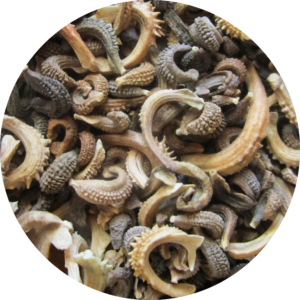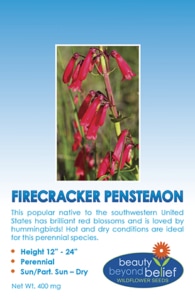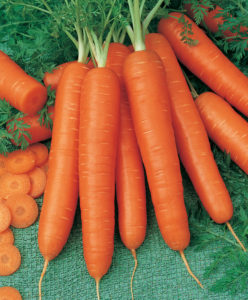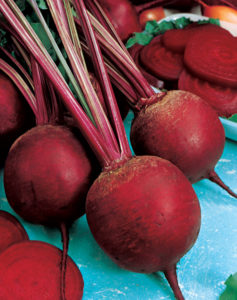LAB GIRL
A Good Seed Read
By: Sandy Swegel
Hope Jahren has helped me fall even more deeply with seeds and the natural world this week. Our book group just started to read her best selling book “Lab Girl.” Lab Girl is like two books in one….a marvelous account of her life as a woman in science AND a romantic ode to nature that waxes poetic about seeds and trees and vines that want to climb.
Here’s her excerpt about seeds:
“A seed knows how to wait. Most seeds wait for at least a year before starting to grow; a cherry seed can wait for a hundred years with no problem. What exactly each seed is waiting for is known only to that seed. Some unique trigger-combination of temperature-moisture-light and many other things is required to convince a seed to jump off the deep end and take its chance—to take its one and only chance to grow.
A seed is alive while it waits. Every acorn on the ground is just as alive as the three-hundred-year-old oak tree that towers over it. Neither the seed nor the old oak is growing; they are both just waiting.”
I love seeds. I love to walk up and down the aisles of the BBB Seed warehouse and touch the hundreds of thousands of seeds that are there, full of potential. To imagine just a single packet grown out and burst into bloom. Hope Jahren has given me yet another vision: all those seeds there. Alive. As alive as the trees outdoors. Alive and waiting. Waiting patiently and calmly.
Photocredits:
www.opensesamemovie/heirloom-seeds-extinction/






